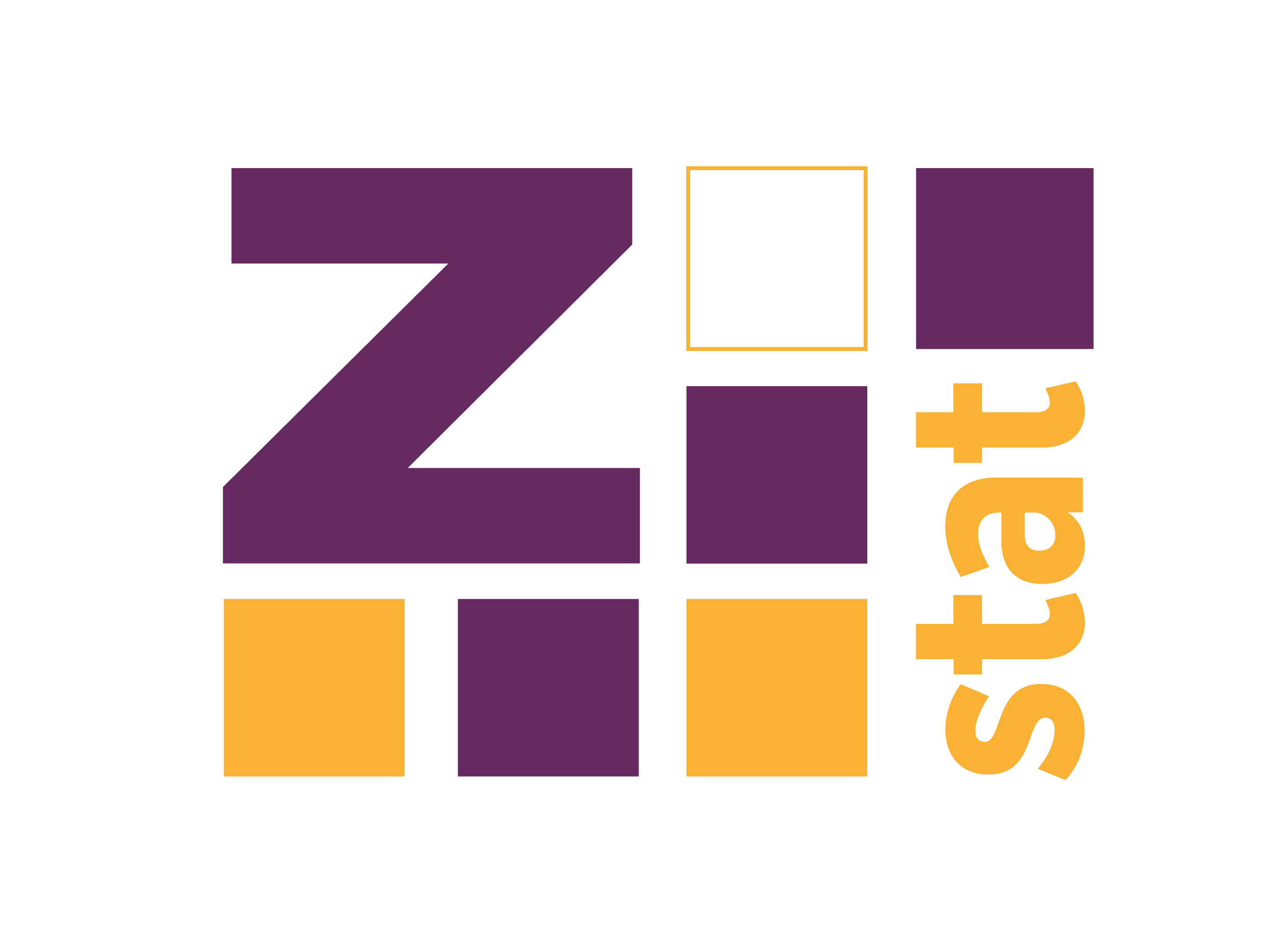Reproducibility is a severe issue. Writing code usually helps, because the code is like a journal of your work, especially if you combine it with literate programming techniques, which in R’s world is so easy to do (Rmarkdown, knitr).
However, there’s one thing, which can cause some problems - the packages versions. Some of the old code might not work, because there were changes in the API or in the behavior of the packages (I’m looking at you - dplyr).
rJava is an essential package because it allows accessing rich Java world. There are at least dozens of packages on CRAN which depends on Java (e.g., the excellent rscala for calling scala code from R). However, sometimes installing rJava might be quite problematic. In this post, I’ll focus on the pitfalls found on Linux/Ubuntu, but if you are on Windows following instructions from here, should solve your problem.
R CMD javareconf One of the first thing that you should try if you have a problem with rJava is to check if you have java installed on your system, by running java -version in the console.
One of the most important things in software development and data analysis is to manage your dependencies, to make sure that your work can be easily replicated or deployed to the production. In R’s ecosystem, there are plenty of tools and materials on this topic. There’s a short list:
https://rstudio.github.io/packrat/ https://ropenscilabs.github.io/r-docker-tutorial/ https://mran.microsoft.com/ https://rviews.rstudio.com/2018/01/18/package-management-for-reproducible-r-code/ https://cran.r-project.org/web/views/ReproducibleResearch.html However, I’m starting to spend a bit more time in the Python world, where I don’t have a lot of experience.
Shiny apps are a very convenient way of sharing your work with others, especially with non-technical co-workers. The best way is to deploy your app somewhere on the internet (or intranet), so the user won’t need to install R, packages, and other stuff, let alone the need for easy updates.
There’re a few ways to host your applications, and all of them comes with some pros and cons:
Shinyapps http://www.shinyapps.io/ The most natural solution is to put your app on the shinyapps.
R has various packages to call other languages, like Rccp, rJava or sparklyr. Those tools significantly expand R’s capabilities, because the user doesn’t need to learn a lot of different stuff. Everything is nicely integrated into R.
However, sometimes the problem is different - there’s an existing system written in some language, and R can be used to expand its possibilities. So in that scenario R must be called.
In that post, I’ll describe how R can be integrated with C# program using Microsoft.
